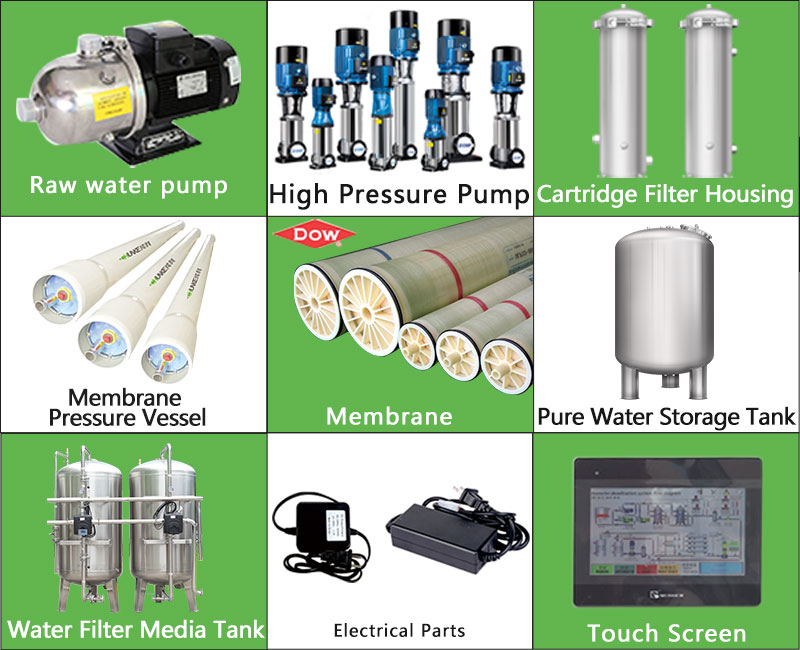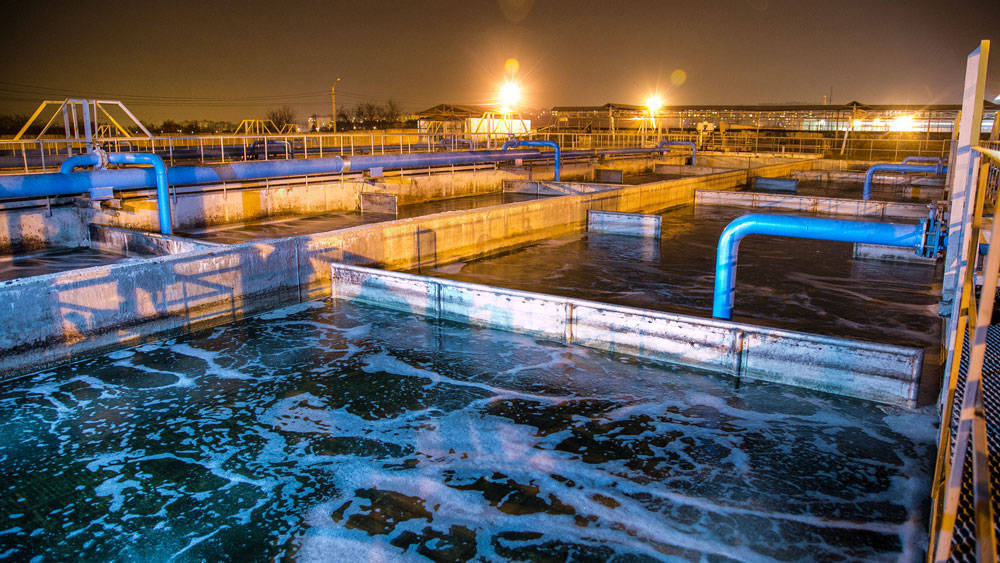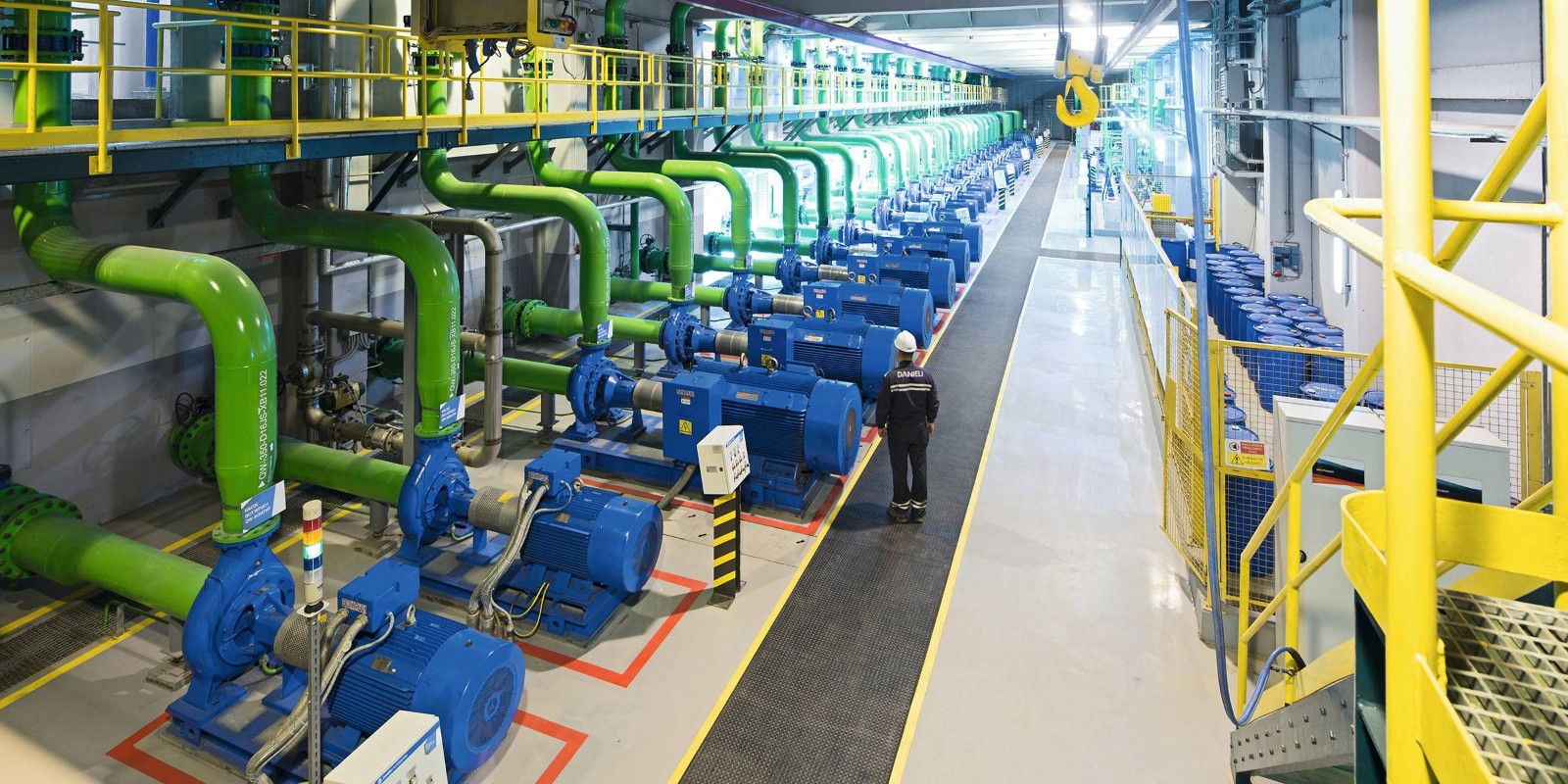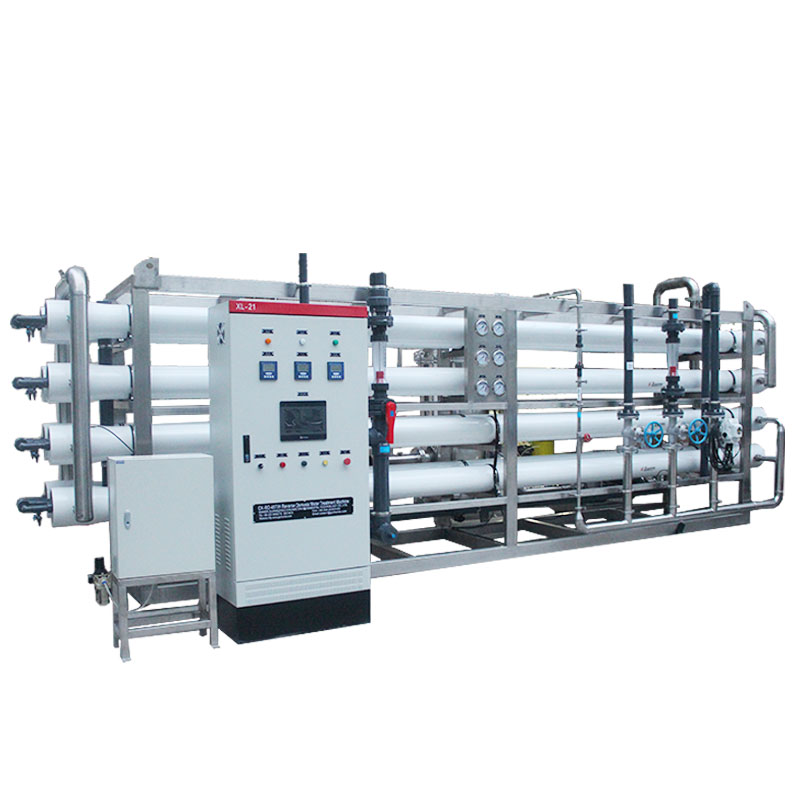What are the famous water treatment plants?
As the global water shortage problem becomes increasingly serious, water treatment plants play a vital role in ensuring drinking water safety and environmental protection. There are many famous water treatment plants around the world, each with its own advantages in terms of scale, technology and management. This article will introduce some of the world's well-known water treatment plants and analyze their unique advantages.

What are the famous water treatment plants?
The top five famous water treatment plants:
1. Tokyo Water Treatment Plant (Japan),
2. Singapore NEWater Plant (Singapore),
3. London Thames Water Treatment Plant (UK),
4. New York Brooklyn Water Treatment Plant (USA),
5. Abu Dhabi Sulaibiya Water Treatment Plant (UAE).
Tokyo Water Treatment Plant (Japan)
1. Scale and Facilities:
The Tokyo Water Treatment Plant is one of the largest and most technologically advanced water treatment plants in Japan. It is located in the heart of Tokyo, covers a large area, and has a daily treatment capacity of millions of cubic meters. Its facilities include advanced filtration systems, activated carbon adsorption devices and ultraviolet disinfection equipment to ensure safe and stable water quality.
2. Technical advantages:
The Tokyo Water Treatment Plant adopts a multi-stage treatment process, including primary sedimentation, coagulation, sand filtration and activated carbon adsorption. Its biggest technical highlight is the use of advanced membrane filtration technology, which can effectively remove tiny particles and pathogens in the water to ensure the purity of drinking water.
3. Environmental protection and sustainability:
The plant focuses on environmental protection and sustainable development, and minimizes its impact on the environment by adopting green technologies such as solar power generation, rainwater recycling and sludge treatment. In addition, there is an ecological landscape area in the plant area, which provides a leisure and entertainment place for surrounding residents.

Singapore NEWater Plant (Singapore)
1. Scale and facilities:
The NEWater plant is one of Singapore's leading water treatment facilities, with a daily processing capacity of approximately 30,000 cubic meters. Its main function is to treat urban and industrial wastewater into high-quality recycled water for industrial and municipal use.
2. Technical advantages:
The NEWater plant uses multiple membrane filtration and reverse osmosis technology to remove suspended matter, dissolved solids and microorganisms in the water through three membrane filtration processes: ultrafiltration, nanofiltration and reverse osmosis. Finally, ultraviolet disinfection is used to ensure the safety of water quality.
3. Water saving and reuse:
Singapore's NEWater plant has performed well in water saving and reuse. By recycling and reusing wastewater, it has alleviated Singapore's water shortage problem. The recycled water produced by the NEWater plant is not only used in industry, but also mixed into the water supply system and provided to residents for drinking.

London Thames Water Treatment Plant (UK)
1. Scale and facilities:
London Thames Water Treatment Plant is one of the largest water treatment plants in the UK, located on the banks of the Thames. It has a strong treatment capacity and can treat millions of cubic meters of water per day. The plant is equipped with modern treatment equipment and monitoring systems to ensure that the water quality meets European drinking water standards.
2. Technical advantages:
The plant uses advanced ozone treatment technology and biological activated carbon filtration system to effectively remove organic matter and micropollutants in the water. Ozone treatment can oxidize and decompose harmful substances, while biological activated carbon filtration further removes odors and organic pollutants in the water.
3. Community interaction and education:
The Thames Water Treatment Plant in London focuses on interaction with the community and regularly opens the plant for citizens to visit, enhancing the public's understanding and attention to the water treatment process. The plant also has an education center to carry out publicity activities on water resource protection and water conservation.
Brooklyn Water Treatment Plant in New York (USA)
1. Scale and facilities:
The Brooklyn Water Treatment Plant in New York is one of the important water treatment facilities on the East Coast of the United States, serving New York City and surrounding areas. Its daily treatment capacity reaches millions of cubic meters, and its facilities include advanced sedimentation tanks, filtration tanks and disinfection equipment.
2. Technical advantages:
The Brooklyn Water Treatment Plant adopts a fully automated control system to ensure the efficiency and stability of the treatment process. Its core technologies include multi-stage treatment processes such as coagulation sedimentation, sand filtration and ultraviolet disinfection, which can effectively remove suspended matter, heavy metals and microorganisms in the water.
3. Energy management and energy saving:
The plant has outstanding performance in energy management and energy saving, and has reduced energy consumption and operating costs by optimizing process flow and equipment operation. In addition, the Brooklyn Water Treatment Plant also uses biomass energy in wastewater to generate electricity, realizing the recycling of energy.

Sulaibiya Water Treatment Plant in Abu Dhabi (UAE)
1. Scale and facilities:
The Sulaibiya Water Treatment Plant is one of the largest water treatment plants in the Middle East, located in Abu Dhabi. Its daily treatment capacity reaches 600,000 cubic meters, mainly treating urban and industrial wastewater.
2. Technical advantages:
The plant uses advanced membrane bioreactor (MBR) technology, combining biological treatment and membrane filtration, which can efficiently remove organic matter and pathogens in water. MBR technology has the advantages of small footprint and high treatment efficiency, and is suitable for use in high-density urban areas.
3. Water resource recycling:
The Sulaibiya Water Treatment Plant focuses on the recycling of water resources. The treated recycled water is used for agricultural irrigation, industrial cooling and municipal greening, which effectively alleviates the water shortage problem in Abu Dhabi. At the same time, a solar power generation system is also installed in the plant area to further improve energy utilization efficiency.
Summary of the five famous water treatment plants
The five famous water treatment plants introduced above are located in different countries and regions, and they have their own characteristics in technology, management and environmental protection. Tokyo Water Treatment Plant is famous for its advanced membrane filtration technology and green environmental protection measures; Singapore NEWater Plant excels in water conservation and reuse; London Thames Water Treatment Plant adopts ozone treatment technology and focuses on community interaction; New York Brooklyn Water Treatment Plant has achieved remarkable results in automation control and energy saving; Abu Dhabi Sulaibiya Water Treatment Plant provides valuable fresh water resources for the Middle East through MBR technology and water resource recycling.
These water treatment plants not only provide safe and reliable drinking water for local residents, but also set a benchmark in global water resource management and environmental protection.




